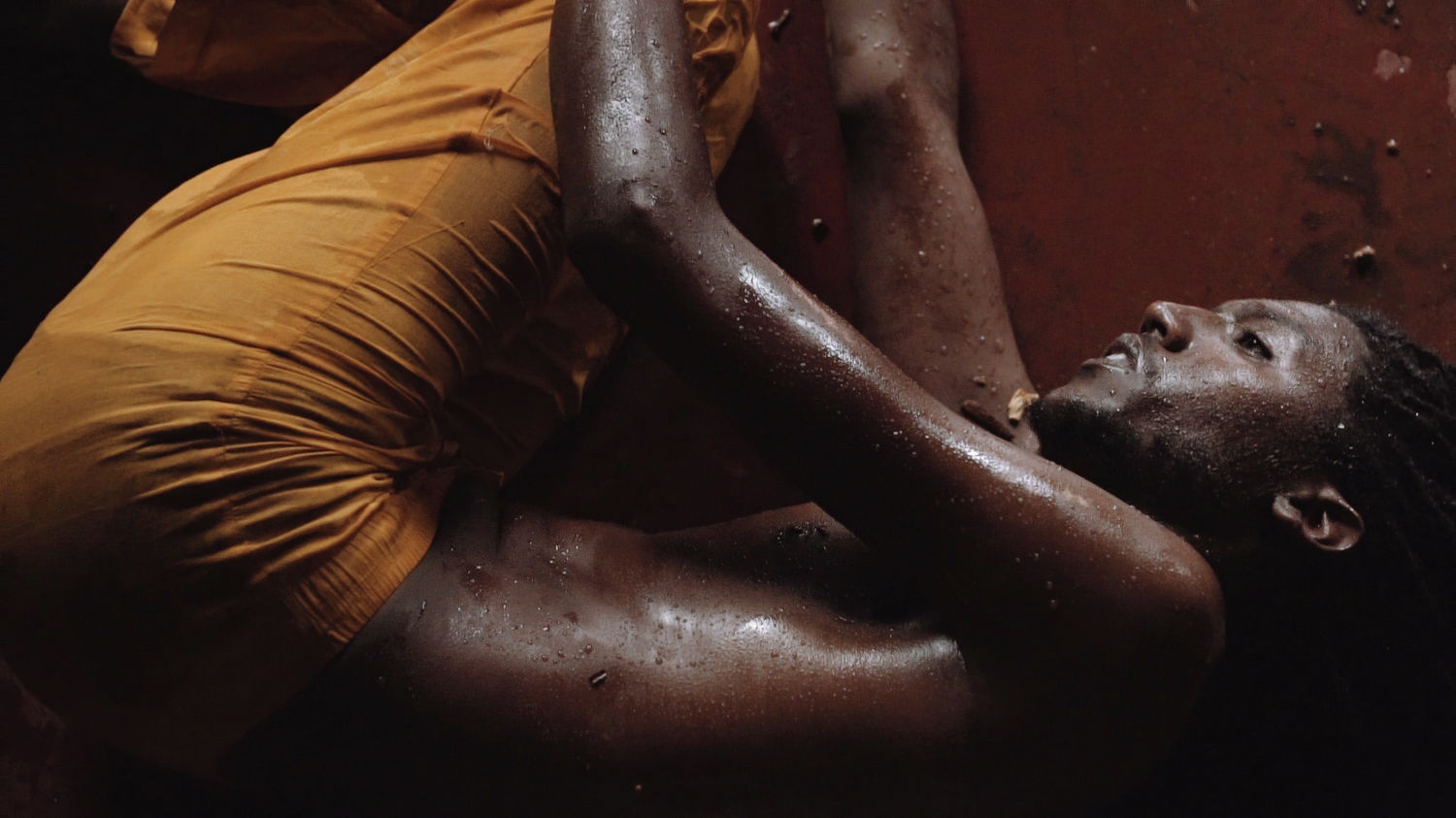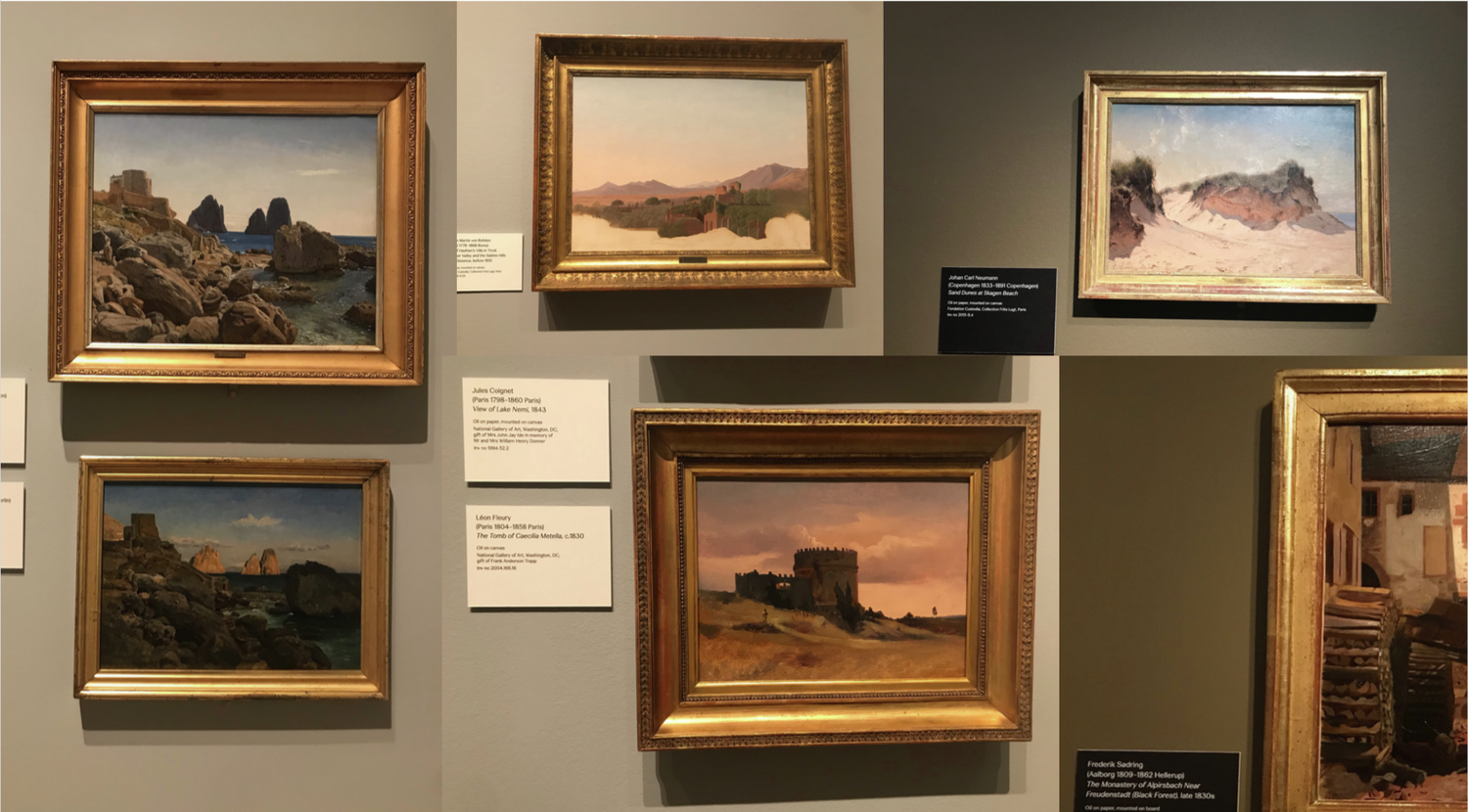Content Note: Discussion of homophobia
In the opening vignette of Jim Chuchu’s feature debut ‘Stories of Our Lives’ (2014), two Kenyan schoolgirls kiss in a narrow stairwell. They exchange looks of flushed pleasure – the scene has all the makings of a coming-of-age romance. But for the actors and crew – as well as the women in the narrative itself – this was no simple high school embrace: ‘[the kiss] was when we knew we were in criminal territory.’ Chuchu tells me that they were only allowed to film in the school because ‘the principal immediately assumed that we were making a cautionary tale against such relationships’. ‘Stories’ stitches together an anthology of tales about queer experience inspired by testimonies from around Kenya, where homosexual sex is punishable for up to 14 years imprisonment. And yet, despite his unflinching criticism of institutionalised homophobia, Chuchu sought to present a more complex societal response towards queerness in Kenya than uniform condemnation.
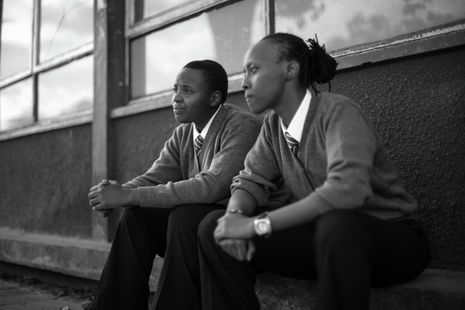
Chuchu was frustrated to find that this nuance was often lost on Western audiences and film festivals. Despite wide acclaim – the film won a Special Jury Prize at the Berlinale Teddy Awards, had its world premiere at the Toronto International Film Festival, and was included in selected screenings at MoMA – The Nest (a Nairobi-based multidisciplinary collective co-founded by Chuchu) received several requests from festivals asking to cut the film, showing only the vignettes featuring physical violence. ‘[Constructing] this picture of homophobia on the African continent as having this violent dimension and contrasting it with the gentler homophobias of other societies is not useful because it’s very false.’
“Chuchu sought to present a more complex societal response towards queerness in Kenya than uniform condemnation”
He also noted that several critics and festivals misrepresented his film as a documentary: ‘It is crazy that so little is known about us that our fictions and non-fictions are interchangeable’.
At the heart of Chuchu’s art and filmmaking lies a commitment to redress simplistic views of Kenya and the African continent at large. Whilst he experiments with a huge number of artistic forms – from VR films to AI powered print design to interactive web series – he is largely focused on celebrating and reimagining the richness of Kenya’s cultural heritage. He sees his country as mired in a collective haze of post-colonial amnesia:
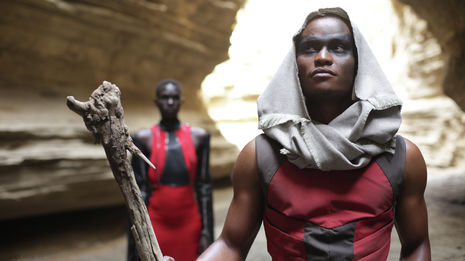
’We made a short film called ‘To Catch a Dream’ (2015) and it was very fictional story, but Kenyans, and a lot of Africans […] asked me ‘Is that a story from your childhood?’, which was quite revealing for me because [it spoke to] so much absence and amnesia that this fiction, if told in a certain way, could be confused for non-fiction.’
“It doesn’t have to come through outrage, or through anger and pain, you can also come to activism through love”
His most recent film ‘Tapi!’ (2020) – which he characterises as a ‘speculative documentary’ – interrogates this blind spot by deliberately mingling fact and fiction, compelling the audience to distinguish between the two. It explores the persistent influence of colonial rule (enacted through legal relics – notably the Witchcraft Act) in effacing indigenous traditions – in this case the successful banning of ‘Utapishi’, a communal healing ritual dating back hundreds of years. Chuchu describes how British attempts to suppress what was seen as ‘unnatural’ have seeped into Kenyan culture, noting how ‘the [phenomenon] that I was speaking to [in the film] was socially very real and present on set’ in that many of the extras refused to participate in the Utapishi ceremony.

Where ‘Tapi’ focuses on a centuries’ old tradition, Chuchu’s VR short film ‘Let this Be A Warning’ imagines a possible future where a group of alienated Africans leave Earth to form a distant colony hostile to any visitors. He tells me how valuable it was to be using nascent technologies: ‘[In Africa] we usually get the technology after it is done and everyone has tested it – it was really cool to sit alongside practitioners from around the Africa, but also to be in conversation with educators from other parts of the world who are struggling with the technological challenges’.
Towards the end of the interview, I ask Chuchu about his future plans and he gives me pensive look:
‘I’m currently in a place where I’m really fed up with the West […] but I know I will pay a high price for that fatigue. For instance, what does it mean for me to decolonise by biography? How much of my biography is about me listing Western institutions which have validated my practice […] if I strip out the TIFFS and the Berlinales what am I left with, and is that still a practice?’
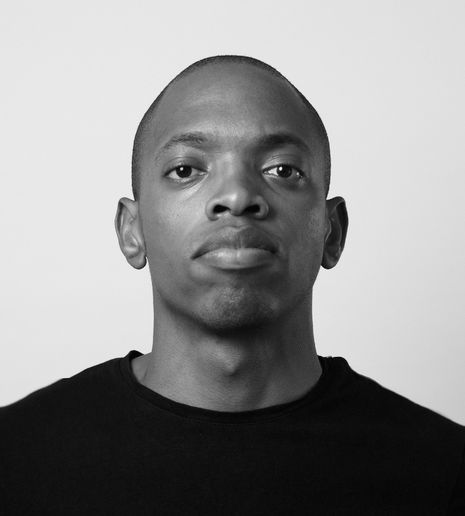
This fatigue extends beyond his relationship with such institutions: ‘I don’t feel safe resting all my ideology on digital mediums; […] audiences in the content sphere are not present in ways that we imagine anymore.’
‘I’m looking into design – place-making and literal world-building – what does my world look like? What is my material language? How do [I] create spaces that welcome thought and ideology? How do I create spaces that invite people with the same values – regardless of identity – people who believe in empathy and justice and dignity – to feel at home regardless of the body they inhabit?’
This fascination with material objects links to his tireless campaigning for the repatriation of African artefacts. He works extensively alongside the International Inventories Programme to track and restore his country’s cultural heritage, and recently gave a TED talk about these stolen objects.
I ask Chuchu whether he sees himself making art born of fatigue and he smiles:
’Absolutely – I’ve created a lot from anger so fatigue actually sounds like a more relaxing place to create from. But I’m also really interested in creating from joy. I was telling some people that I love Kenyans, and they raised their eyebrows because that’s not something that’s often heard, unlike in America where people say we are the greatest country in the world. But [in Kenya] people say ‘What is there to love?’, and my thought was you can come to activism through love – it doesn’t have to come through outrage, or through anger and pain, you can also come to activism through love’.

